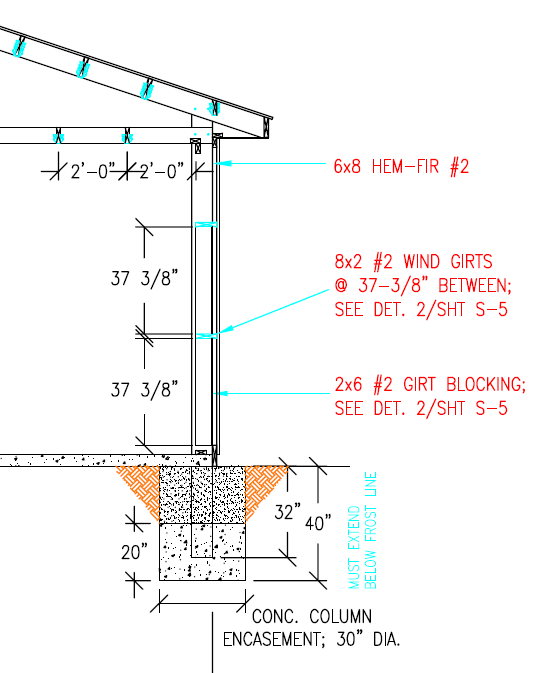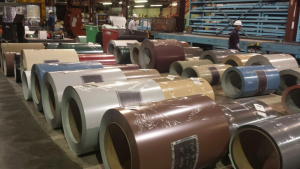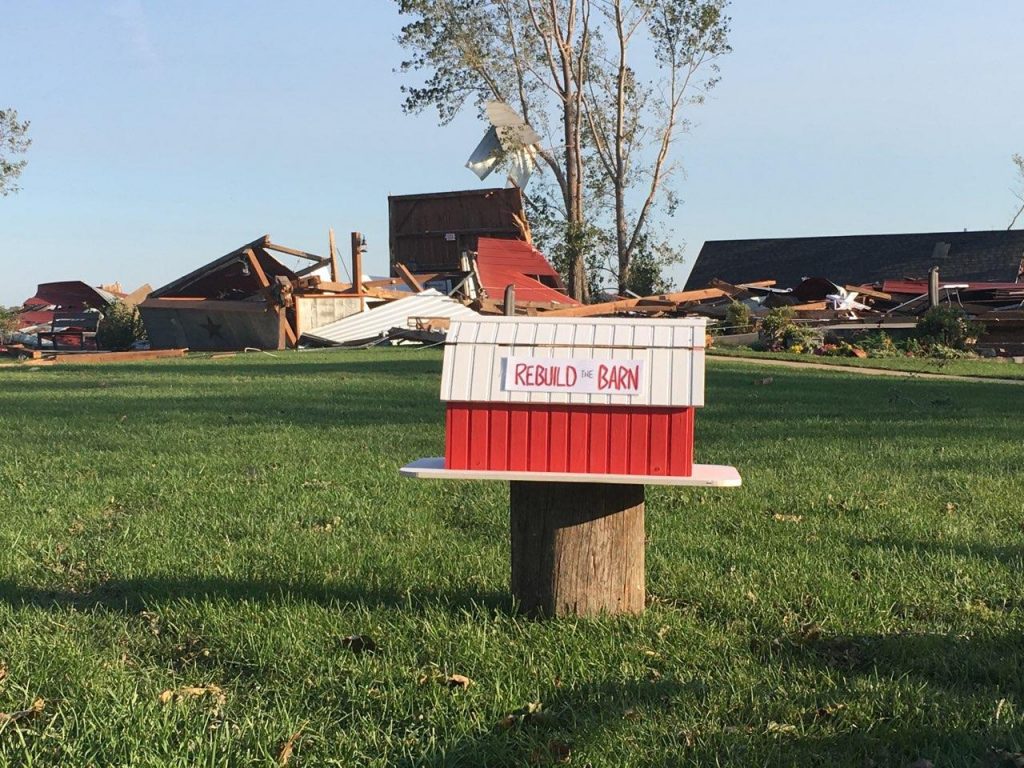Client and reader SCOTT in BOULDER posed this question recently:
“Is there a specific reason why the girts have an over hang to the outside an 1 ½ (inches). Can they be set inside flush with the posts?”
Mike the Pole Barn Guru responds:
There actually are a plethora of reasons why your (and all Hansen Pole Buildings) have wall girts set so girt outside face is 1-1/2 inches beyond the columns and building line.
From a standpoint of installing roofing and siding alone – your particular building happens to be 36 feet by 36 feet. 12 sheets of installed wall or roof steel cover roughly 36’2″. If your finished dimensions were 36′ you would end up having to rip at least six panels of steel full length.

In order to adequately transfer wind shear loads from roof to ground, an effective connection is essential between the 2×8 pressure preservative treated splash plank and columns. Most efficient structural solution is with nails through splash plank into column faces – putting splash plank on outside of columns. Holding wall girts out 1-1/2″ places their face in the same plane with outside of splash plank. If splash plank were to be placed between columns, it would likely entail having to rotate it flat on top of your concrete slab on grade and utilize anchor bolts for an adequate load transfer. This would eliminate using splash plank as a concrete form for your building’s concrete floor. It would also create a “joint” or “seam” between the concrete floor and underside of what would now be a bottom plate, entailing having to design and install some sort of permanent sealant to prevent water intrusion.
Other structural members essential to wind shear transfer include eave struts, wainscot girts and your overhead door header – again all members where resistance to loads is best achieved by attachment directly to column faces, rather than creating some far more difficult connections.
A side benefit is wiring can be done in external walls by running around columns in this 1-1/2″ space – reducing or eliminating needs to drill holes for electrical.
Considering a post frame (pole barn) building where all exterior framing is flush to the outside of columns? Make sure it has been designed and plans sealed by a RDP (Registered Design Professional – architect or engineer) to insure all connections are adequate and a proper load path has been followed from roof to ground.








